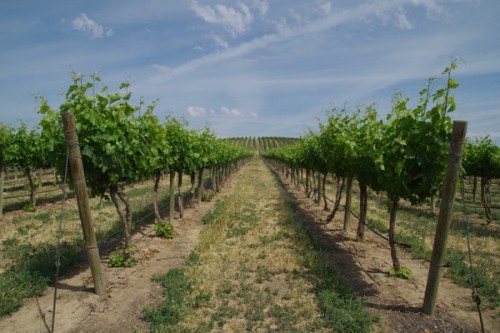
The vehicle the four of us are driving around Washington State is big enough to fit a hot tub in the back. It’s really, really big, and all the doors and the boot (trunk) have electronic buttons to open them. This level of complexity is daunting, and at the moment someone has pressed the wrong button (the key hub has about a dozen of them) and we are unable to open the boot (trunk) and so have to access luggage by climbing over the back seats. Such is life on tour in Washington State.
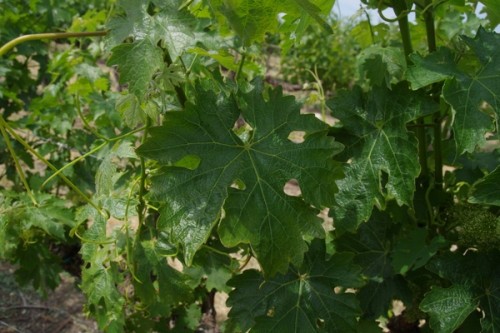
We began day two with a three hour drive from Seattle into the Columbia Valley in our rather large vehicle. To access the Washington State vineyards from the city, you have to drive over the Cascade Mountains, and as you do this you pass from a verdant green landscape into a desert. There are no native trees in the Columbia Valley (which for all intents and purposes is synonymous with Washington State when we are referring to wine, because pretty much all the state’s vineyards are here); it is just scrubland. The rain shadow effect of the Cascades is significant. You couldn’t dry grow vines here because there is less than half the rainfall that would be needed as a minimum, and so irrigation is necessary. Fortunately, there is a good supply of water, although this has been threatened a bit over the last couple of years by drought.
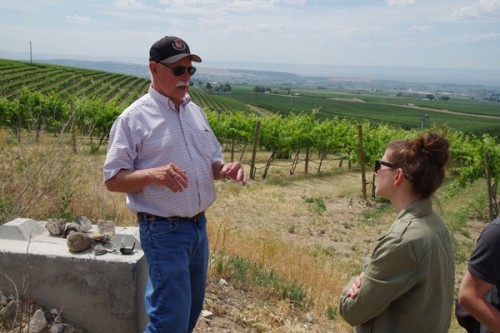
The fact that all vines here are irrigated, and there is precisely zero growing season rain most years, creates a great opportunity for understanding the relationships among water, canopy size, fruit set, berry size and wine quality. Skilled use of irrigation water can be a valuable viticultural tool.
Our first stop was the Dubrul vineyard in the Yakima Valley, which is owned by Hugh and Kathy Shiels. The Yakima Valley was where the state’s wine industry started, and was the first AVA. The soils here (as in most of eastern Washington) are wind blown loess over the top of volcanic-origin basalt, and they have very low nutrient availability, largely because of the incredibly low rainfall. Organic material is around 1%, which is quite low. Here, there are 300 days sunshine a year, and there are also very large diurnal temperature ranges during the growing season of around 20 C. In some ways, the landscape and soils remind me of Central Otago and Mendoza – a sort of combination of the two.
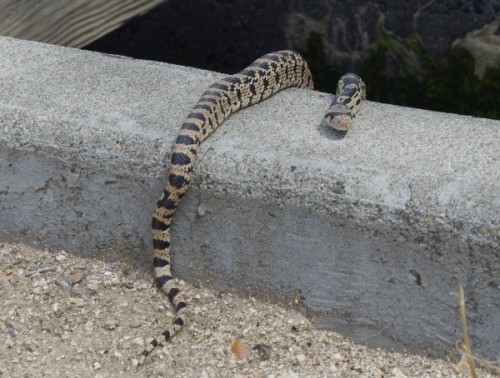
We then had a tasting and presentation with a number of Yakima wineries at Hugh and Kathy’s cellar door. It was a pretty diverse and interesting selection of wines, including an Albarino (convincing), a Grenache Blanc (less so), a Riesling and a couple of very smart Cabernet Sauvignons. The presentations really filled in some of the details concerning the geology of the Columbia Valley, which I hope to write at some length about when I do my full write-up of this trip.
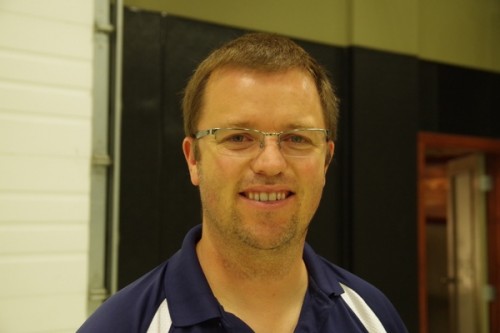
Then we went to visit Airfield Estates in Prosser, with winemaker (and son of owner) Marcus Miller and assistant winemaker Pamela Solis. Marcus’ great grandfather was instrumental in setting up a second irrigation district in the region (the Roza irrigation district). Without this, viticulture in the regions wouldn’t be possible. His family farm 900 acres of wine grapes, and have, since 2005, been making their own wines under the Airfield label.
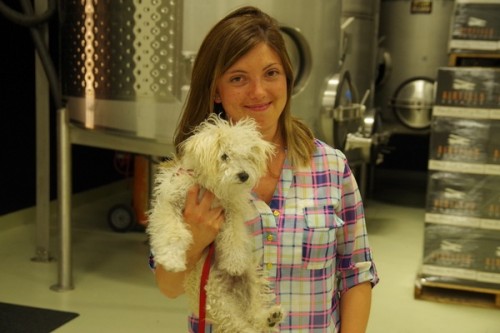
They make some great value whites, and also some lovely fruit-driven Merlot, Cabernet Sauvignon and Cabernet Franc. Pamela is pictured above with a super-cute dog.
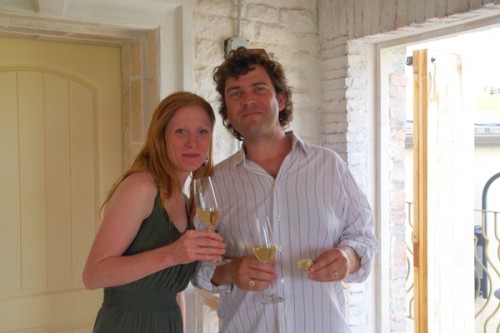
Then we were off to Hedges. This was one of the most lovely visits I’ve had in wine country. It was a lovely evening, the energy was good, the wines were fantastic, and we had a lovely dinner with winemaker Sarah Goedhart and communications director Boo Walker.
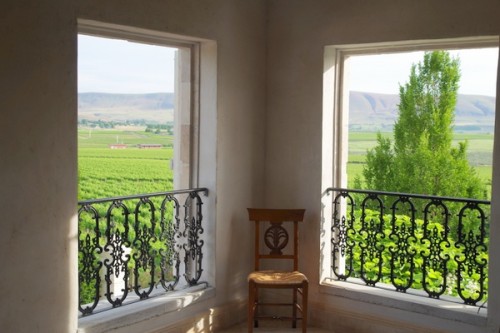
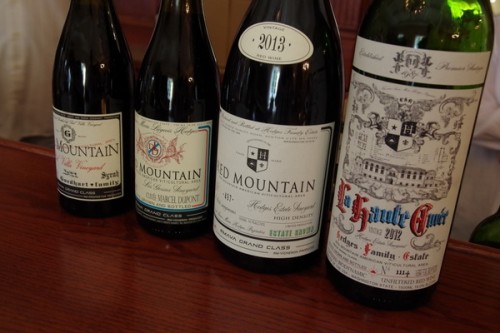
I was so impressed by the 2011 Hedges Red Mountain (a Bordeaux blend), the La Haute Cuvee 2012 (the first biodynamic Washington State Cabernet Sauvignon, and a trio of Syrahs – the High Density 2013, the Goedhart Family Bel Villa Vineyard 2011, and (best of all) the Les Gosses Vineyard Cuvee Marcel Dupont 2012.
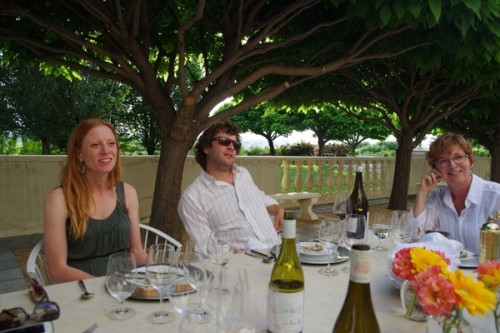

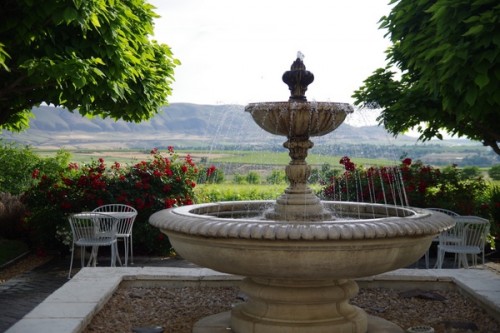
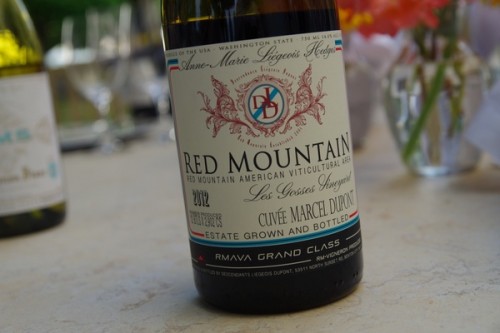
Richard Hemming played some piano, we each shared with the others our journey (well, an edited version I guess), and all was well with the world. A good day.
1 Comment on Washington State wine adventures, day 2
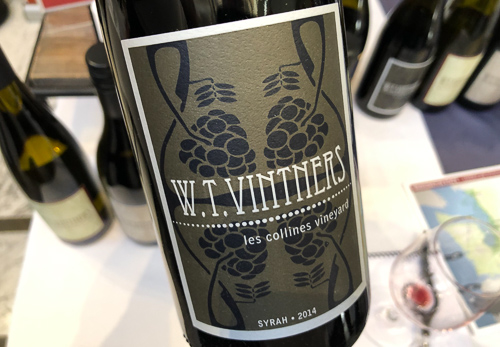
We hit Airfield and others in the Wine Village in Prosser. Tasted juice with the winemaker from Coyote Canyon and stopped at Gard on the way.